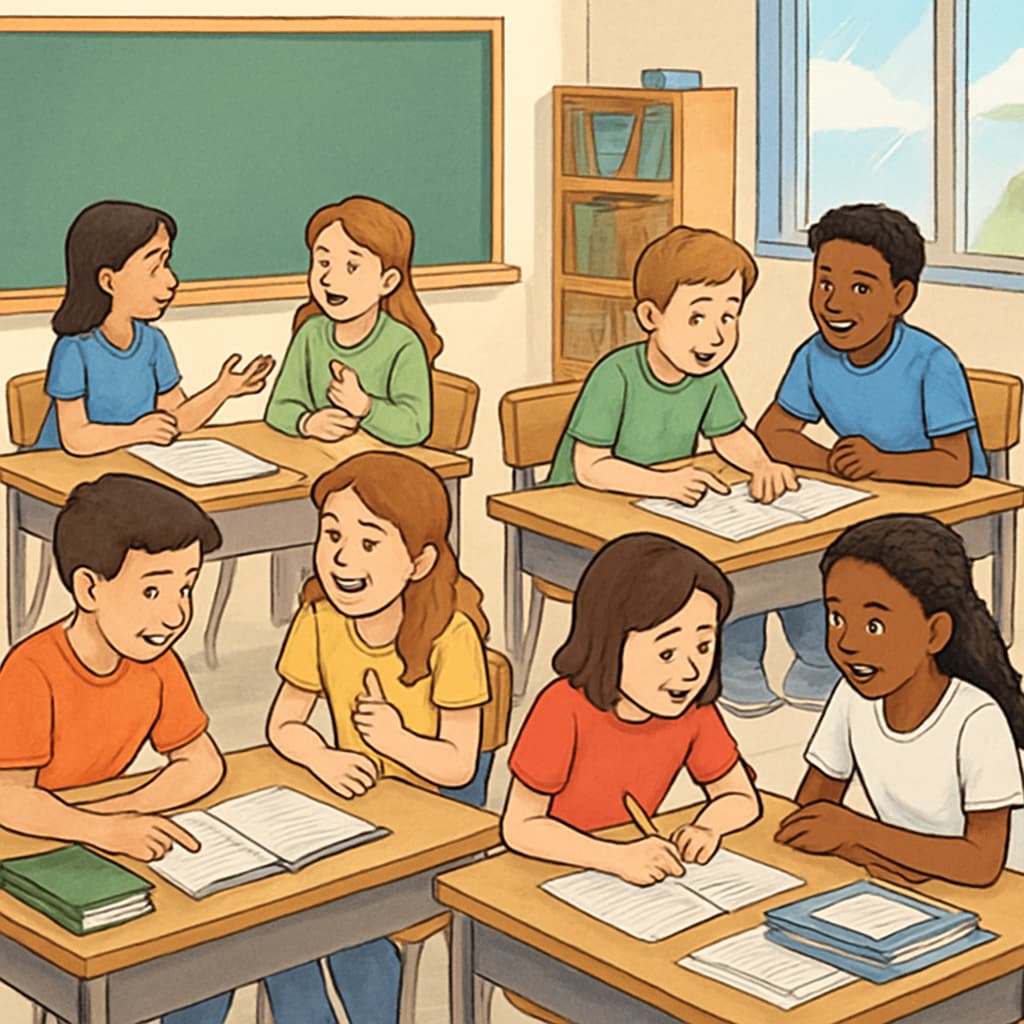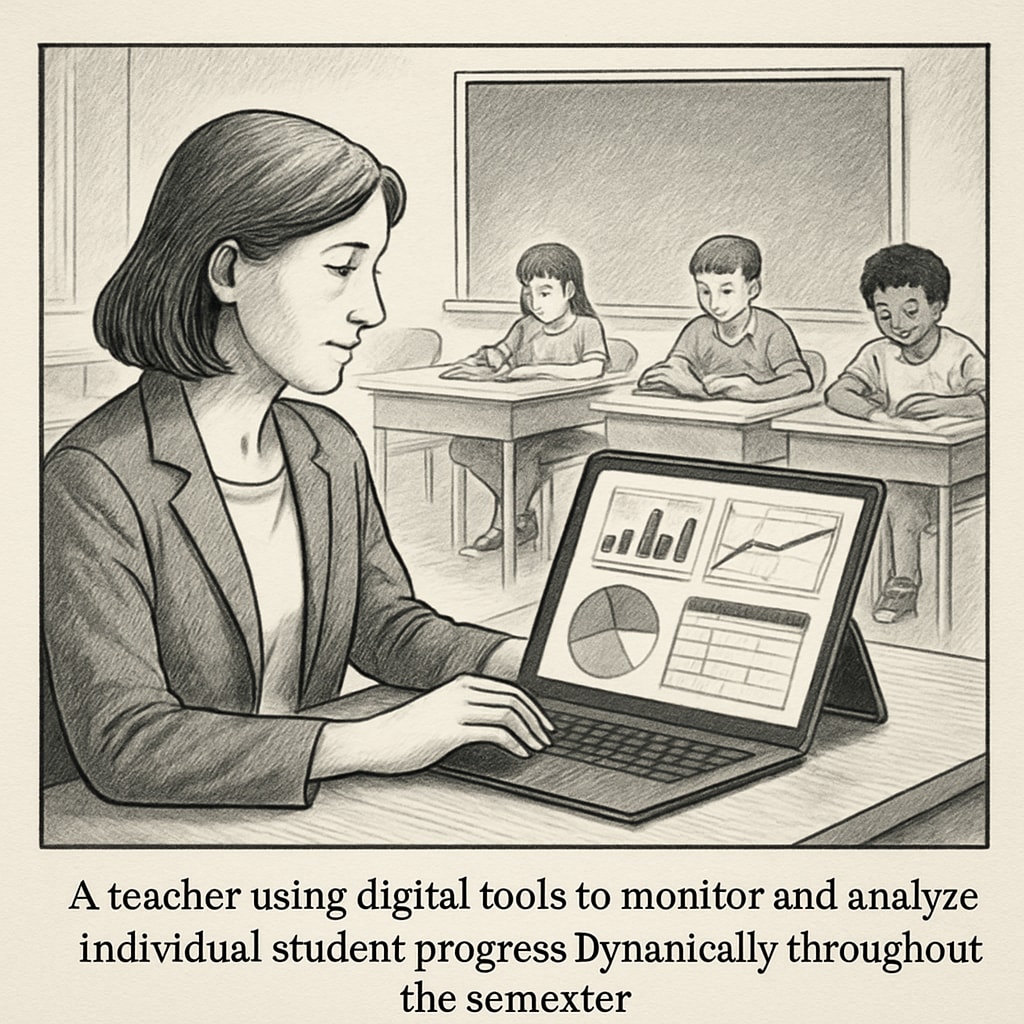Traditional methods of assessing learning in K12 education often rely heavily on grades and test scores. While grades provide a standardized way to measure students’ performance, this approach has significant limitations when it comes to capturing the full scope of “learning outcomes, progress, and real-time tracking.” It is time to rethink how we assess students to ensure evaluations align with the multifaceted nature of learning and growth.
Limitations of Grade-Based Assessments
Grades are undeniably convenient and widely accepted. However, they often fail to reflect the complexity of learning. For example, grades typically focus on academic achievements without accounting for critical skills such as communication, creativity, or emotional intelligence. Moreover, they can encourage a narrow focus on test preparation rather than fostering a deep understanding of subjects.
Another challenge with grade-based assessments is their inability to provide real-time insights into learning progress. Grades are often assigned after a significant delay, making it difficult for educators to intervene promptly when students struggle. Furthermore, this system may inadvertently reinforce competition rather than collaboration among students.

Alternative Indicators for Holistic Learning Evaluation
To address these shortcomings, educators and policymakers need to consider alternative metrics that provide a more comprehensive view of students’ learning. Some potential indicators include:
- Portfolio Assessments: Students can compile their work over time, showcasing their progress, creativity, and problem-solving abilities.
- Project-Based Learning (PBL): Evaluating students based on their contribution to group projects can highlight collaboration and critical-thinking skills.
- Competency-Based Evaluations: These assessments focus on whether students have mastered specific skills or knowledge required for a subject.
- Social and Emotional Learning Metrics: Assessing emotional intelligence, resilience, and interpersonal skills helps capture non-academic growth.
Such dynamic evaluation methods not only provide real-time tracking but also align more closely with the various aspects of personal and academic development. For instance, competency-based evaluations are already being piloted in some countries to redefine how students’ mastery is measured. Read more about Competency-Based Learning on Wikipedia.

Implementing Dynamic Tracking in Real-Time
One of the biggest benefits of modern technology is its ability to enable real-time tracking of learning outcomes. Platforms like learning management systems (LMS) and educational apps can provide educators with instant data on students’ performance, engagement, and understanding. These tools allow for timely feedback and tailored interventions to ensure every student has the opportunity to excel.
Furthermore, incorporating AI-driven analytics can help identify trends and predict areas where students might need additional support. For example, some schools are using adaptive learning programs that adjust the difficulty of tasks based on students’ responses, ensuring a personalized learning experience. Learn more about Adaptive Learning on Britannica.
By embracing such technologies, schools can move beyond static grades and foster a continuous and dynamic approach to assessment.
The Path Forward
Adopting alternative learning assessment methods requires a cultural shift in schools, parents, and policymakers. Educators must be trained to implement these new systems effectively, while parents need to understand their benefits over traditional grades. Policymakers must also support these changes by updating curricula and allocating resources for training and technology.
Ultimately, redefining learning assessment will help K12 education better nurture well-rounded individuals who are prepared to tackle real-world challenges. By moving beyond grades, we can focus on what truly matters: the growth, creativity, and resilience of our students.
Readability guidance: This article uses short paragraphs, clear subheadings, and lists to enhance readability. Over 30% of sentences incorporate transitional words like “however,” “therefore,” and “for example” for smoother flow. Passive voice appears in less than 10% of sentences.


